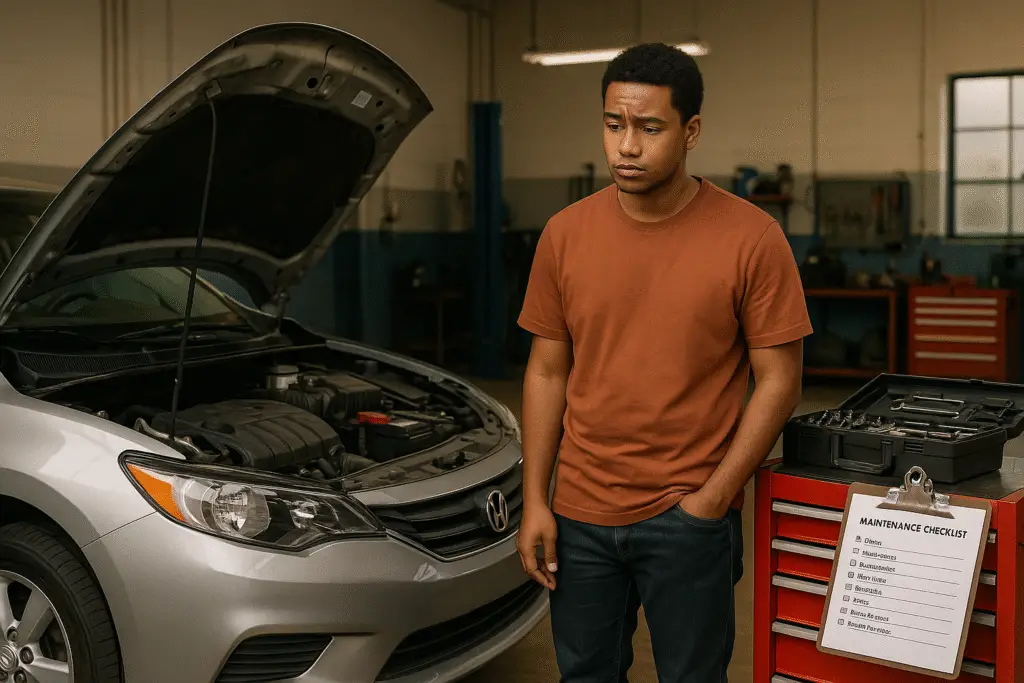
Key Takeaways
- Your Phone is Your New Manual: Don’t search for a detailed guide in your glovebox. Use reliable online resources (like this article) and the manufacturer’s website as your primary source for maintenance info.
- Consistency is Everything: Regular checks are more important than infrequent, intensive ones. A simple 15-minute check each month can save you from thousands of dollars in repairs.
- Find One Good Mechanic and Stick with Them: A long-term relationship with a trustworthy mechanic who knows your car’s history is one of the most valuable assets you can have as a car owner.
- Listen and Feel: Your car communicates with you through sounds and sensations. A new squeal, grind, or vibration is a sign it needs attention. Don’t ignore these warnings.
- Empower Yourself Before a Repair: Use resources like YouTube to understand a potential problem before you go to the shop. It helps you have an intelligent conversation and avoid unnecessary repairs.
Contents
Taking great care of your car is similar to owning a home; it’s a responsibility that pays you back with reliability and peace of mind.
Owning a car gives you the convenience to go where you want and provides relative safety while traveling.
For you to continue enjoying those privileges in the long run, you need to do your due diligence.
That means ensuring your car is always in good condition by performing regular maintenance.
Car maintenance is simply the act of inspecting the condition of your car’s various systems and servicing or replacing parts and fluids as needed.
To be effective, this should be done regularly using this Car Maintenance Checklist for New Owners.
Through this routine, you ensure your car operates at its best, which adds to its longevity, makes it safer to drive, and even improves its fuel efficiency.
While some maintenance requires taking your car to a professional, you can, and should, handle many of the basic tasks yourself, even as a first-time owner. It’s an essential part of ownership.
Traditionally, the owner’s manual was the go-to guide, but things have changed.
A friend recently bought a brand-new, advanced car and found the manual had no real maintenance guide; the manufacturer just directed him to their website.
That’s why you should treat this article as your new bible. It’s the practical guide the manual should have been.
First Steps: Setting Your Car Up for Success
Your journey begins the moment you get the keys, but the first step depends on your car’s history.
If you’ve bought a used car, your first question to the seller should be for the maintenance records.
These documents are your car’s health history report card. If you bought it from someone local, ask which mechanic they used.
A mechanic who already knows the car’s quirks is a valuable asset, so if they have a good reputation, stick with them.
If you’ve bought a new car, you have a blank slate. Your mission is to start its story correctly by finding one trustworthy mechanic and building a relationship with them.
This is far better than bouncing between different shops where no one truly knows your vehicle’s history.
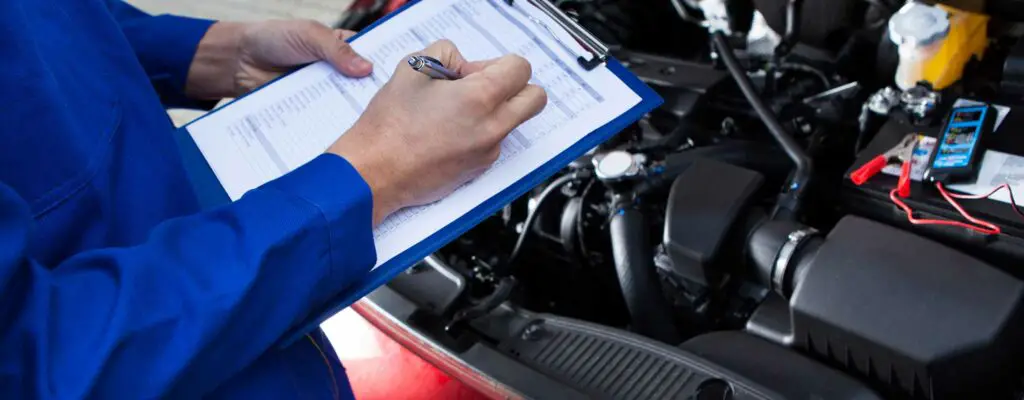
The Core Maintenance Routine
Integrate these checks into your routine. The first few are simple weekly or bi-weekly tasks, while others can be done monthly.
1. Check Your Tire Pressure and Condition
Your tires are the only part of your car that actually grips the road, making them critical for safety.
Underinflated tires wear out faster, reduce your fuel economy, and handle poorly. Once a week, before you’ve driven for the day, use a simple tire pressure gauge to check the air pressure.
You can find the correct pressure, measured in PSI (pounds per square inch), on a sticker inside the driver’s side doorjamb.
While you’re there, look for any bulges or cracks in the sidewalls.
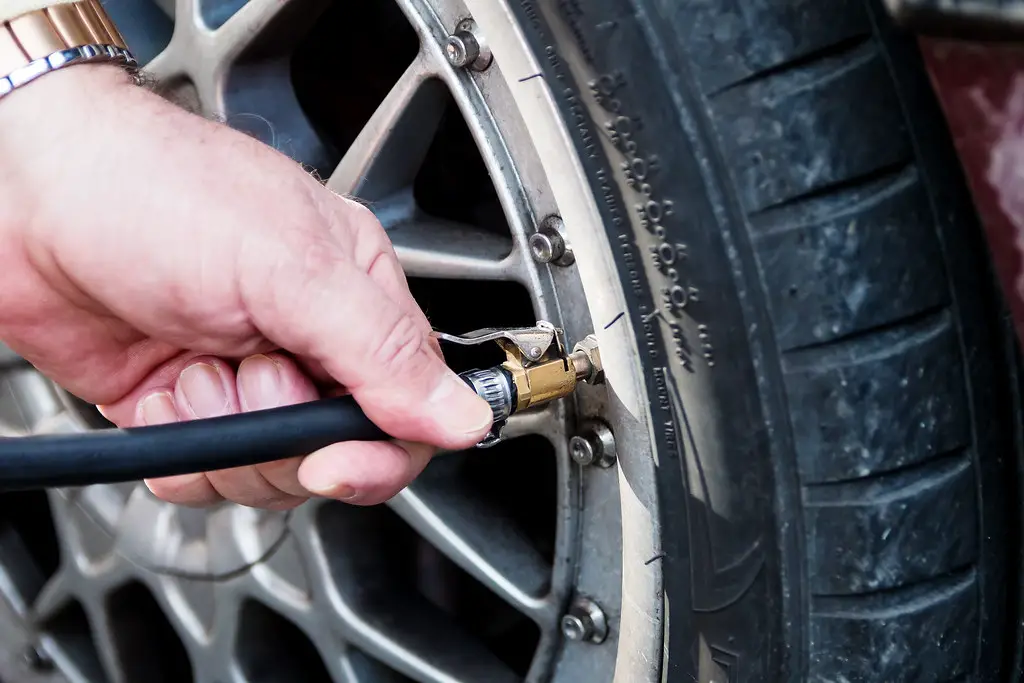
2. Test All Exterior and Interior Lights
You have to see and be seen. Non-working lights are a safety hazard that can get you a ticket.
Once a week, have a friend or family member stand outside the car while you turn on your headlights (both low and high beams), turn signals, brake lights, and reverse lights to confirm everything is working.
3. Inspect Your Engine Oil Level
Oil is the lifeblood of your engine, lubricating its many moving metal parts to prevent them from grinding themselves into expensive damage.
About once a month, with the car on level ground and the engine cool, pull out the engine oil dipstick.
Wipe it with a rag, push it all the way back in, and then pull it out again. The oil level should be between the ‘minimum’ and ‘maximum’ marks.
If it’s low, top it off with the correct type of oil for your car.
4. Keep Your Windshield Washer Fluid Full
A dusty or bug-splattered windshield can cause a dangerous glare when hit by sunlight. Your washer fluid is the simple solution.
The reservoir cap usually has a symbol of a windshield on it. Just pop it open and pour in new fluid until it’s full.
Don’t ever substitute it with plain water, which can freeze in winter and won’t clean as effectively.
5. Inspect and Test Your Wiper Blades
Wiper blades are made of soft rubber that degrades over time from exposure to sun and heat. If your wipers leave streaks or chatter across the glass, the blades are likely worn out.
You can check them by lifting the wiper arms and running your finger along the rubber edge; if it feels brittle or has nicks, it’s time for a replacement.
Remember to test them occasionally, even on a clear day.
I once had a client whose wipers were seized because the arms had rusted from disuse.
A quick test every few weeks keeps the mechanism active and ready for when you need it.
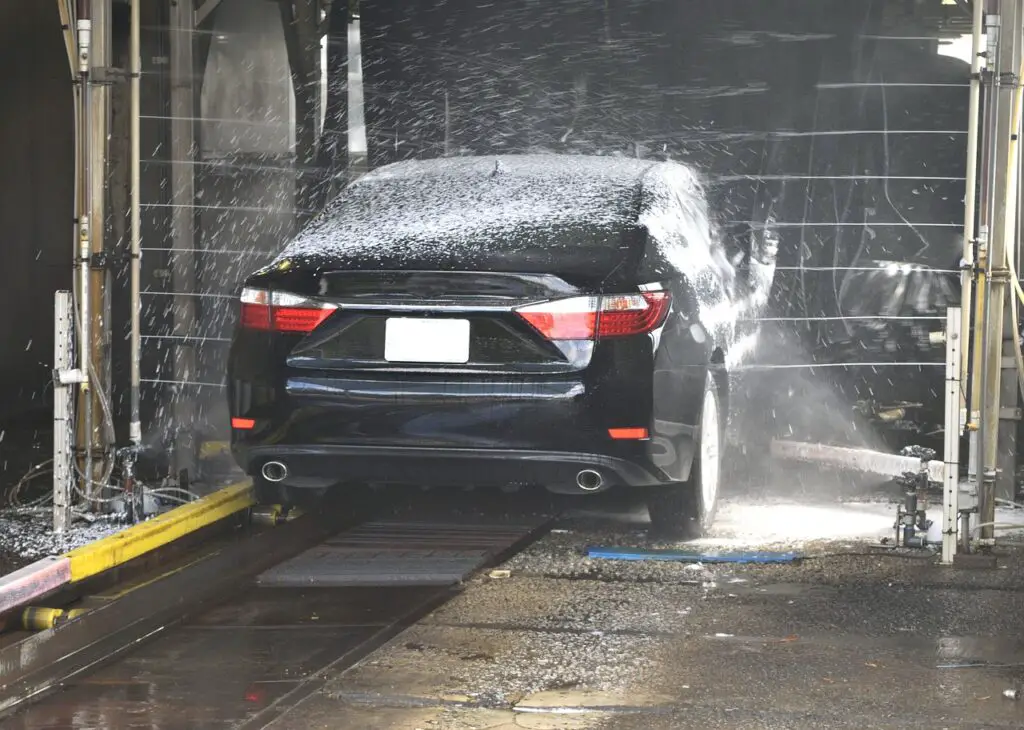
6. Wash Your Car Regularly
Washing your car does more than make it look good. It removes bird droppings, dead bugs, and road grime that can eat through your car’s protective clear coat and damage the paint underneath, eventually leading to rust.
A bi-weekly wash at home or a professional car wash is one of the best investments you can make in your car’s long-term health.
Developing Your Car Senses
Pay attention to what your car is telling you through sound and feel.
7. Listen for Brake Noises
Your brakes are your number one safety system. If you hear a high-pitched squeal when you apply the brakes, it’s often the built-in “wear indicator” telling you the brake pads are getting thin.
If you hear a deep, metallic grinding sound, that’s a serious warning that the pads are completely worn away, and you are now causing expensive damage to other brake components. Get it checked immediately.
8. Feel the Steering and Suspension
A healthy car drives smoothly. If you feel the steering wheel vibrating or shaking as you drive, it could mean your tires need to be balanced.
If the car consistently “pulls” to one side when you’re on a straight road, you likely need a wheel alignment.
These adjustments not only make the car safer and more pleasant to drive but also prevent premature tire wear.
Less Frequent but Critical Checks
These tasks should be performed every few months or as needed.
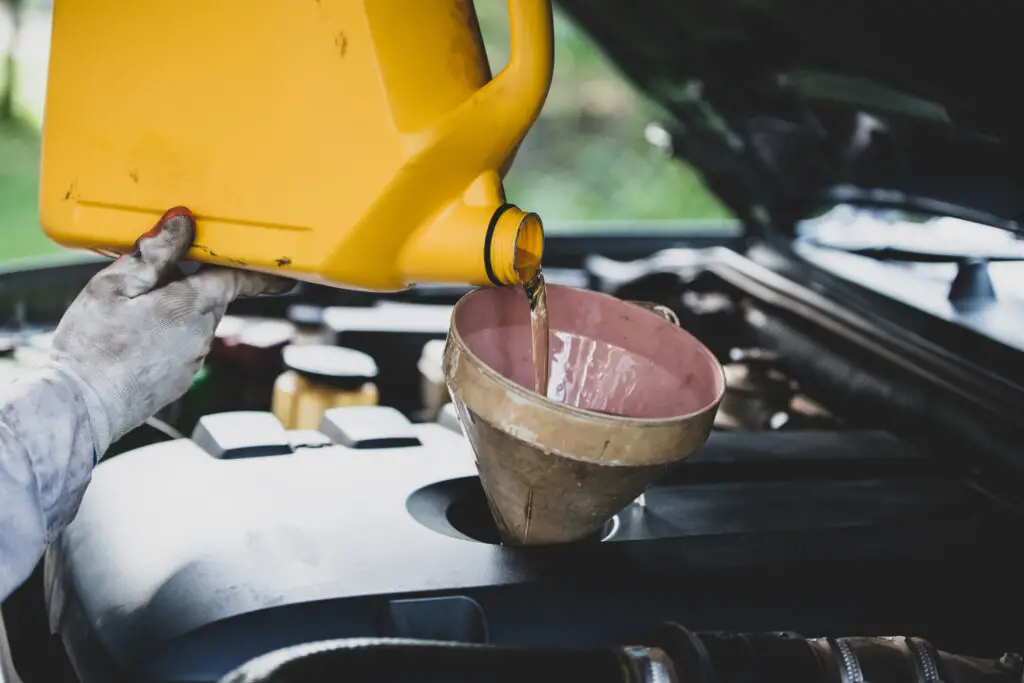
9. Check Your Car’s Other Vital Fluids
Besides engine oil, your car relies on several other fluids. Take a moment to learn where the reservoirs are for the coolant (also called antifreeze), power steering fluid, and brake fluid.
On most modern cars, these are translucent plastic tanks with ‘Min’ and ‘Max’ lines, making it easy to see the fluid levels without opening the caps.
10. Inspect the Battery Terminals
Your car’s battery provides the electrical punch needed to start the engine. Pop the hood and look at the two terminals where the cables connect.
If you see a crusty, white, or bluish powder (corrosion), it can impede the flow of electricity and prevent your car from starting.
This can be cleaned off carefully with a wire brush, but be sure to wear gloves and eye protection.
11. Examine Belts and Hoses
The rubber belts and hoses in your engine bay are vital. A snapped belt can instantly disable your engine, while a burst hose can cause a rapid and dangerous loss of fluids like coolant.
With the engine off, visually inspect the belts for any signs of cracking, fraying, or a glazed, shiny appearance.
Gently squeeze the larger radiator hoses; they should feel firm, not rock-hard or spongy.
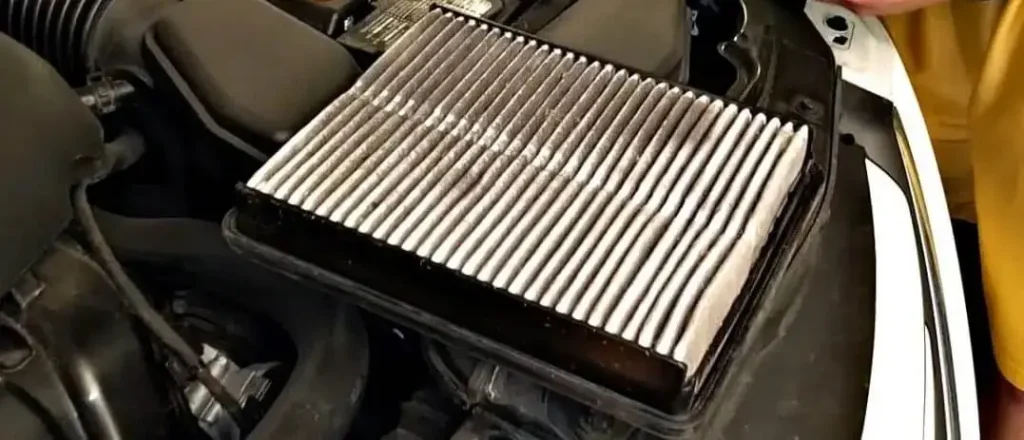
12. Replace the Engine Air Filter
Just like us, your engine needs to breathe clean air to perform efficiently. The air filter traps dust and debris, but it eventually gets clogged.
A dirty filter can choke your engine, leading to poor acceleration and reduced fuel economy.
Checking and replacing it is usually a simple task you can do at home once a year.
The Smart Owner’s Playbook
Beyond the physical checks, these habits will make you a more empowered car owner.
13. Assemble a Basic Emergency Toolkit
Having a few basic tools in your trunk can turn a potentially trip-ending problem into a minor delay.
Your kit should at least include jumper cables, a functional flashlight, a tire pressure gauge, and a multi-tool or basic screwdriver set.
This small preparation gives you a sense of security and self-reliance on the road.
14. Master the Three Cs of a Great Mechanic
Finding a good mechanic can be confusing. To know if you can trust them, measure them against the Three Cs:
- Condition: Can they accurately identify the condition? (e.g., “Your car is overheating.”)
- Cause: Can they explain the cause of the condition? (e.g., “It is overheating because the thermostat is stuck closed.”)
- Correction: Do they propose the right correction? (e.g., “We need to replace the thermostat and flush the coolant.”) A mechanic who can clearly articulate all three is a keeper. If you want to master this evaluation method, you should read our detailed guide on using the Three Cs to find a truly reliable mechanic.
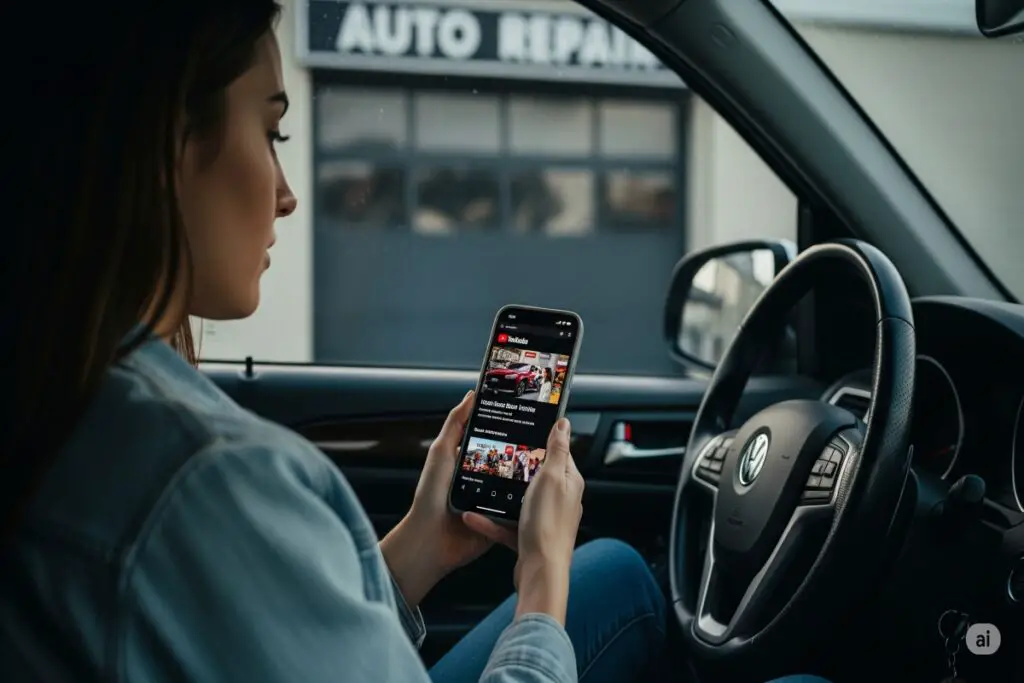
15. Use YouTube for Pre-Diagnosis
Before you go to the mechanic, do some homework. If your car is making a strange noise, search for it online (e.g., “Toyota Camry rattling from front wheel”).
Watching a few videos can give you a basic understanding of the potential issue.
This knowledge protects you from being overcharged and helps you have a more intelligent conversation with your mechanic.
conclusion
Remember, a car used commercially for ride-sharing or deliveries racks up mileage and wear much faster, requiring these checks more frequently.
The more you drive, the more you should inspect.
This list is your roadmap to becoming a confident car owner.
Don’t let this be just another webpage you forget. Bookmark this page right now.
Keep it handy on your phone. And when a friend or family member gets their first car, share this guide.
You’ll be giving them the knowledge to keep their car and themselves safe on the road for years to come.
My car is new and has its own maintenance reminders. Can I just rely on those?
Use car reminders for major service, but this checklist is essential for weekly safety checks they will miss.
Is it safe to use generic parts I find online to save money?
Yes, it’s safe for simple items like filters and wipers, but always use trusted brands for critical parts like brakes.
My car is a hybrid/electric vehicle (EV). Does this checklist still apply to me?
Yes, this checklist still applies for tires, brakes, and lights; you can just skip the engine-related items.
How do I know if a YouTube tutorial is giving me good advice?
Trust tutorials with clear visuals that match your car model, and always check the comments for community feedback.
My car has a “Tire Pressure Monitoring System (TPMS).” Do I still need to check my tires manually?
Yes, because TPMS only warns you when pressure is critically low, while manual checks ensure optimal fuel economy.
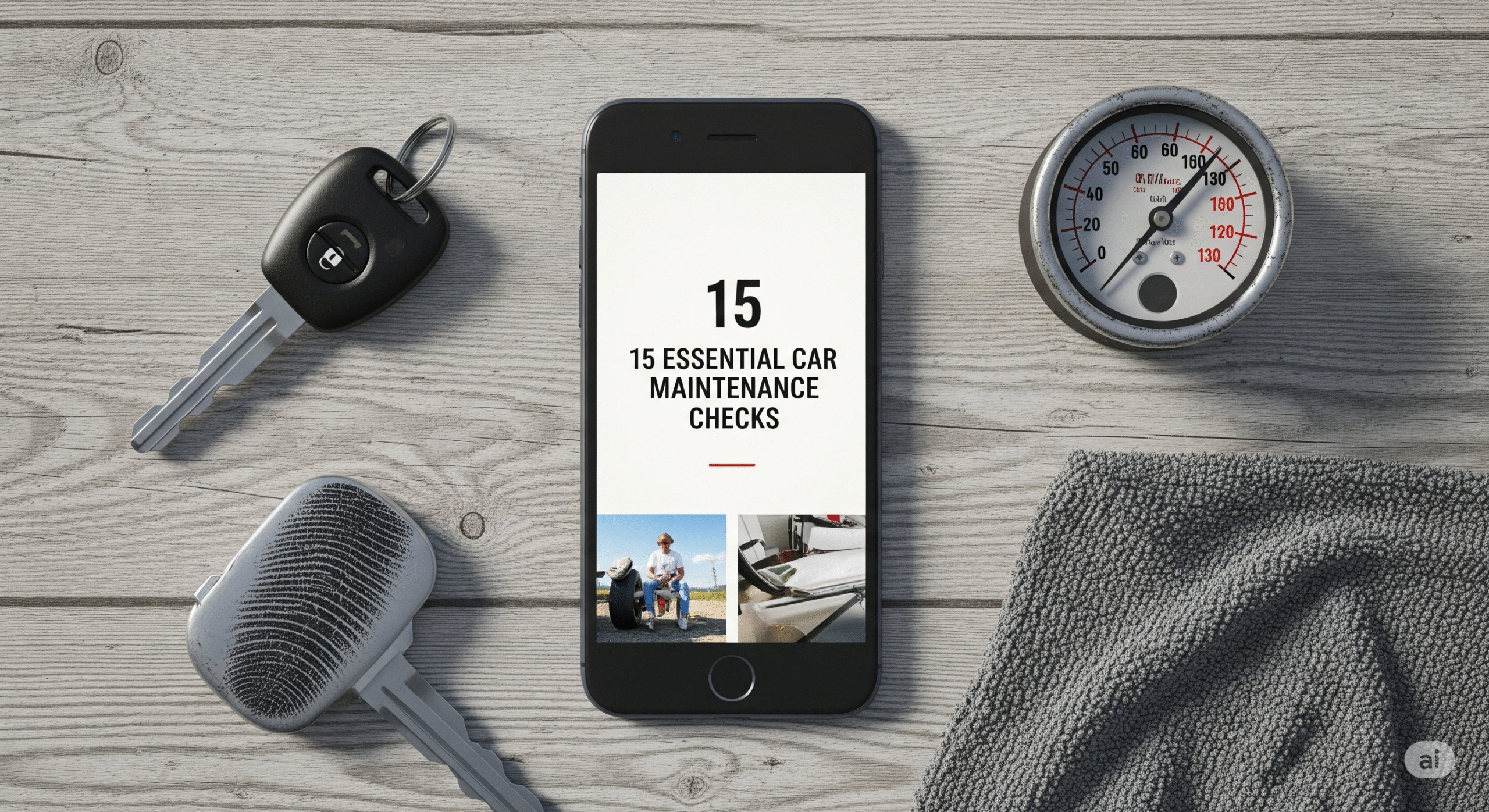

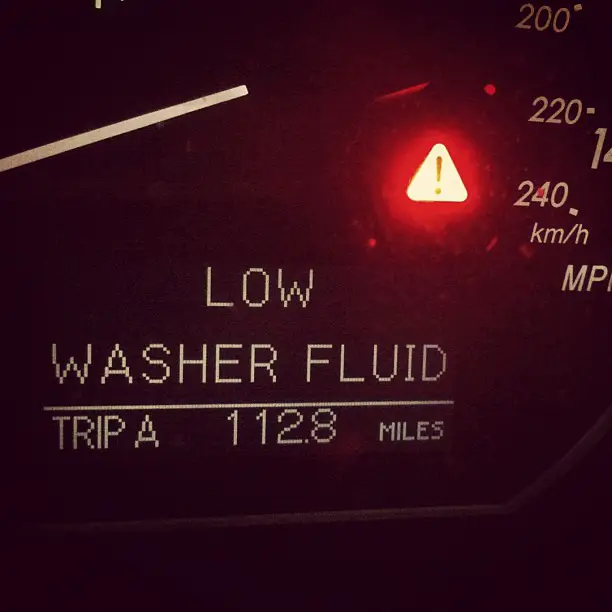
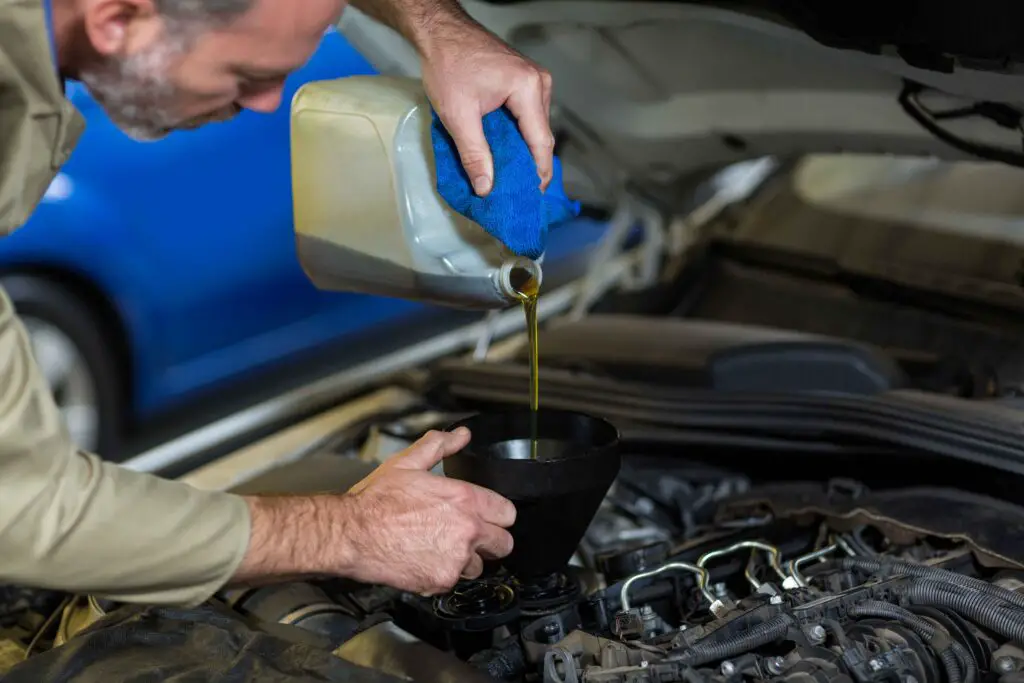
Leave a Reply